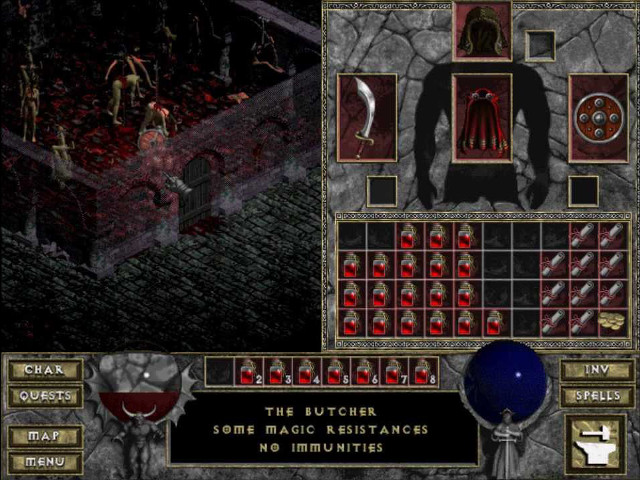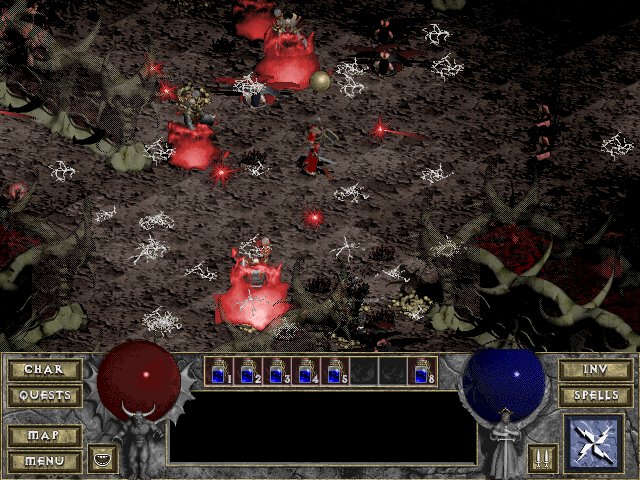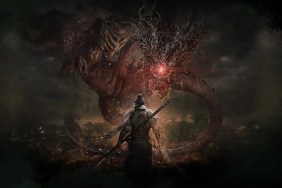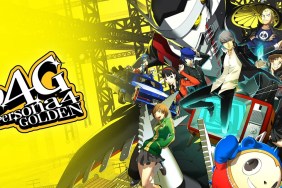Happy birthday, Diablo! The Lord of Terror is 20 years old, and doesn't look a day older than eternal. To celebrate, Blizzard put together The Darkening of Tristram, a special event for Diablo III that recreates the original Diablo's 16 dungeons.
The Darkening of Tristram is faithful in some ways, quite different from Blizzard North's best-seller in others. This article digs into the nitty-gritty differences that separate Diablo III's event from the game that inspired it.
Beat the Clock
Unlike 2014's Reaper of Souls expansion or the forthcoming Necromancer add-on pack, Darkening of Tristram is a limited-time event. You'll be able to play it in January every year. At a glance, that might seem odd. Why is The Darkening of Tristram, also known as Anniversary Dungeon, only playable in January when Diablo hit store shelves in late December 1996?
The answer has to do with manufacturing and shipping logistics. Blizzard North put the final touches on Diablo late on December 26. The gold master disc was rushed into production to hit market as soon as possible, but only some stores got it in stock by the end of the year. In fact, most stores didn't begin carrying it until early January.

Hence, Diablo's anniversary is fluid, falling between late December '96 and the first week of January 1997.
Battles on Battle.net
Diablo was the first Blizzard game to feature support for Battle.net, Blizzard's free online service that has connected players from all around the globe for over 20 years. However, Diablo wasn't originally conceived as a multiplayer game.
The original Diablo featured more procedurally generated (aka "randomized") content than its two sequels. At the beginning of every single-player session, the code rolled virtual dice and assigned players quests selected from separate groups. For example, although the Butcher is one of the game's most memorable characters, his was only one of three quests in a group, and no player ever got all three in a single playthrough.
Blizzard North's engineers promised to include multiplayer when they pitched Diablo to Blizzard Entertainment—who brokered funding to complete the game through their parent company, Davidson & Associates—but the truth was they had no experience designing PC games, much less ones with seamless peer-to-peer play.

Rather than try to coordinate dozens of quests between players, engineers from both Blizzards streamlined the massive (for the time) list of single-player quests, trimming them down to four: kill the Butcher, kill King Leoric, kill the Archbishop Lazarus, and kill Diablo.
The Darkening of Tristram handles quests differently. All of Diablo's single-player quests are added into the mix rather than procedurally chosen. Some are simplified, like finding a black mushroom for Adria the Witch. Still, being able to run through the entirety of Diablo's quests in one go is a novel concept for fans who remember the original from way back when.
Layers
Diablo's 16 dungeons were divided into four sections: cathedral, catacombs, caves, and hell. Progressing into a new group triggered an uptick in difficulty, and gave players access to more and better loot. The Darkening of Tristram's 16 levels adhere to the first game's four sections, using recycled art assets from Diablo III to recreate them… kind of.

Special visual filters make the cathedral dungeons appear gray and grainy, while the catacomb levels borrow from D3's Nephalem Ruins, a special area from in Act V. The caves have more in common with D3's mine environments from Act I, while hell levels borrow from the Halls of Agony also found in Act I.
Of all the environments recreated in Darkening of Tristram, the hell dungeons have the least in common with their source material. Eschewing lakes of hellfire and paths of brimstone, Blizzard North's take on eternal damnation entailed walls fashioned from bone, nude corpses impaled on spikes, and thick shadows from which red-eyed knights and slithering drakes emerged to torment players.
On the bright side, Blizzard Entertainment integrated Matt Uelmen's original haunting soundtrack, giving the Anniversary Dungeon an authentic sound that offsets the hit-or-miss background artwork.











